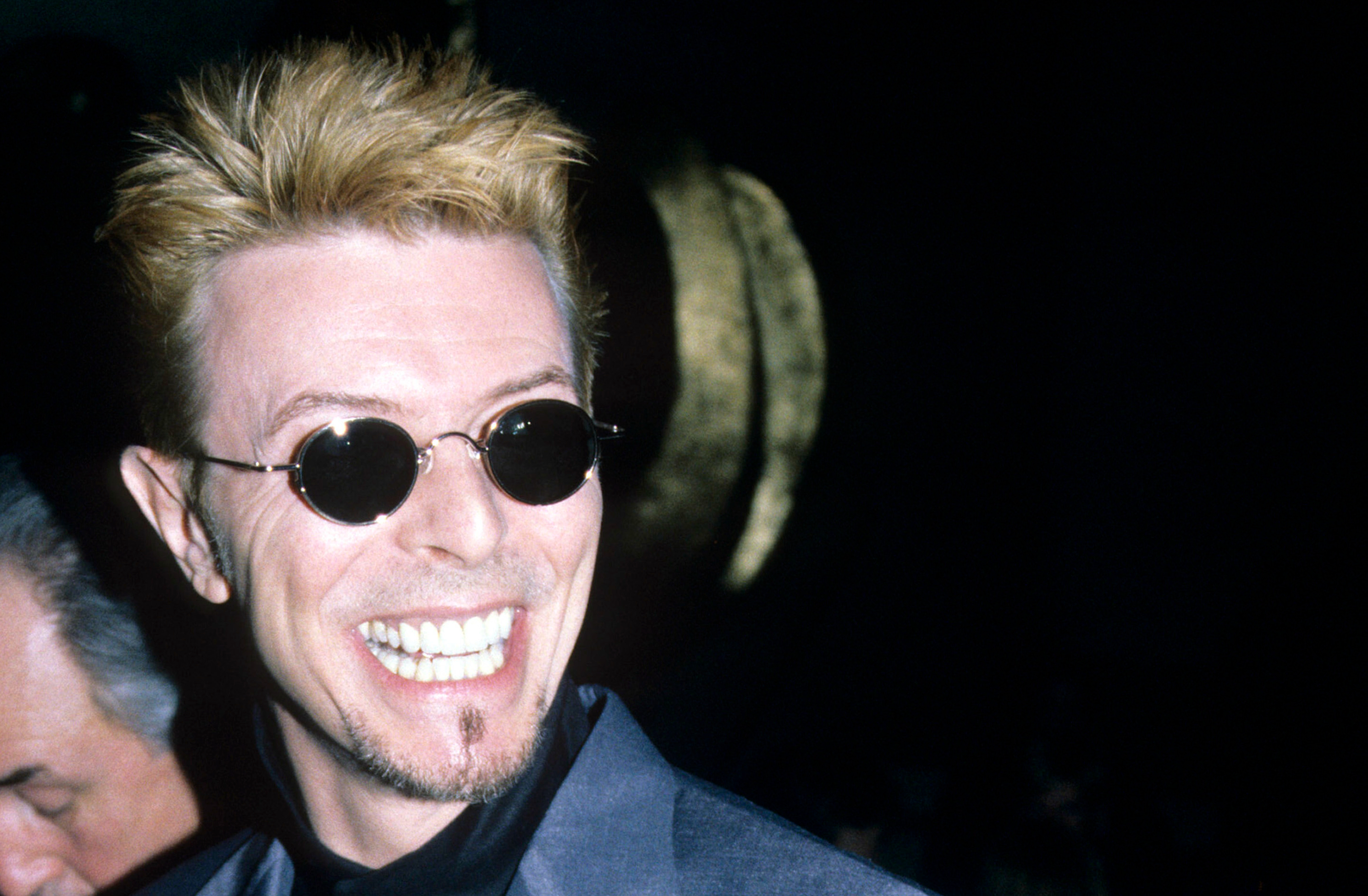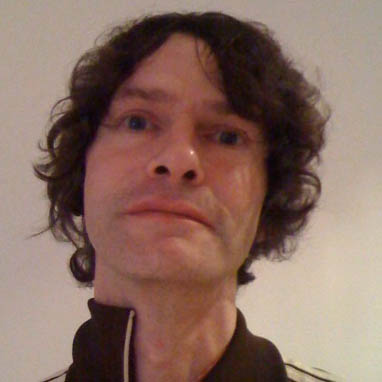“He was clearly intrigued by this ‘happening' music'": When David Bowie turned junglist on Little Wonder
Exiled star returned to the music of his hometown for inspiration

Though on UK TV nostalgia shows the entire decade is reduced crudely to Britpop + Blair (usually with that tired old image of Noel Gallagher sipping champagne with the Labour PM), the 1990s was arguably Britain’s most exciting era for music.
For starters, it had the best club scene in the world. The various tributaries from acid house - house, techno, rave, downtempo, big beat, drum 'n’ bass and more - all meant that mid-'90s UK dance music had a breadth and depth that was streets ahead of both Europe and North America. And yes, as well as all that, it also had a thriving guitar rock scene. Bliss was it in that dawn to be alive…
All this hadn’t gone unnoticed by one of its most significant expats. David Bowie had not been a resident of Great Britain since spring 1974. He popped back every so often of course, but essentially he was a citizen of the world, with homes in Switzerland, Mustique and New York.
By the mid-90s his interest had clearly been piqued by what was happening back in his home country. “There’s so much energy there,” he told Andy Gill of the Independent in 1997. “(Britain) has the greatest architects in the world… In the fashion world, we’re taking over; in the art scene, there’s nobody to touch us and the best music is coming out of Britain now. In every aspect of world culture we are leaders.”
And Bowie being Bowie, the album that he was promoting in that interview wasn’t some tired clambering upon the Britpop bandwagon. Instead, Earthling was, in part, a way to pick up some of the energy of the drum 'n’ bass scene.
You can see this no more clearly than its lead single, Little Wonder, which combines a frantic DnB undercarriage with a more conventional guitar rock chorus. Even by Bowie's own standards, it has to be one of his most daring singles.
Reaching Number 14 on the UK chart in February 1997, it sounded like nothing else in the Top 40 at the time, nor indeed much like anything else in his then-three-decade-long discography.
Want all the hottest music and gear news, reviews, deals, features and more, direct to your inbox? Sign up here.
Earthling had come swiftly off the back of Bowie’s previous album, Outside. In fact just two weeks after he and his band had finished touring, in July 1996, Bowie and guitarist Reeves Gabrels were back in the studio.
They chose Philip Glass’s Looking Glass studios in New York – within walking distant of Bowie’s home - whose in-house engineer Mark Plati would play a crucial role in the project.
Plati’s background was in dance music – he’d worked with Arthur Baker, celebrated DJ Junior Vasquez and had engineered Deee-Lite’s 1992 album Infinity Within. Armed with new technology, he also came up with a new approach to recording.
“We began putting song ideas and arrangements into the computer, not to tape,” Plati told David Buckley in his biography of Bowie, Strange Fascination. “I had begun getting into hard-disk recording, and at the time I was getting reasonably good at it.
"It proved to be an ideal way of getting audio information into a format where you could easily move it around. David would say ‘Let’s hear a verse, a chorus, a verse, a double chorus, a break etc.,’ and I would be able to do that in about 30 seconds.”
In other words, Bowie was applying the cut-up technique, which he had used on and off for lyrics since the 1970s, to his music. Gabrels and the other band members – Zach Alford on drums, bassist Gail Ann Dorsey and long-time collaborator pianist Mike Garson – provided the raw material, which Plati and Bowie shaped on a computer screen using Logic Audio. Nothing was discarded.
“I just wanted to capture everything I could, which meant recording and saving everything from the beginning. Lucky for me, because the run-through guide vocal for Little Wonder ended up being the only one he ever sang on that track. Most of the vocals were first take, which I had never seen before in my career.”
At the same time as technology was opening up creative possibilities, Bowie was finding new inspiration in his hometown. When he was in London in 1996 he would spend Sunday nights at Hoxton’s Blue Note, for Goldie’s Metalheadz, at that point arguably Britain’s hippest club night.
Goldie recalled meeting Bowie for the first time in his 2017 memoir All Things Remembered: “We’re sitting on the steps outside and he’s rolling a cigarette, loving the place - ‘You’ve got a great set of people in there’ - feeling the influence. That’s definitely where the energy came from for his drum ’n’ bass reinvention with the album Earthling.”
For a while, Bowie became an evangelist for drum 'n’ bass, dragging other band members along to Metalheadz. Mike Garson, though, wasn’t quite so enamoured as his friend, telling David Buckley: “He took me and Reeves to a club in London to listen to Goldie and I was thinking ‘Where’s the melody’. I enjoyed watching people dance, and that was it.”
For Little Wonder, Bowie and Plati used the legendary Amen break, so called because it was originally derived from Amen Brother by The Winstons, alongside a four-chord progression over which Bowie’s lyric references the Seven Dwarfs: ‘shaky hands/ dopey morning doc, grumpy gnomes’.
On the album, it’s six minutes long, cut down to four for single release. But originally Bowie’s ambition for the track was for it to be a nine-minute ‘jungle epic’.
“At that point I would never have thought we could cut it down to a four-minute single,” said Plati. “The middle was to be filled with all sorts of effects, atmospheres and breaks. Some ideas - the train after the second verse, for instance - made it into the body of the song.”
Elsewhere, the guitars are samples that Gabrels recorded of himself, while the bass track is Dorsey, not knowing she was being recorded, attempting to get a sound out of her pedalboard. The bassist, though, is allowed a rare vocal on a Bowie track – hers is the whispered ‘little wonder you’ after the second chorus.
The video is something to behold and features two Bowies wandering around New York, one a younger version in the Union Jack frock-coat he’d don for Earthling’s cover and the other a middle-aged “grumpy gnome”. The director, Floria Sigismondi uses a number of effects – speeded up traffic, giant eyeballs, Bowie’s face projected onto gargoyles. A suitably bonkers video for a bonkers single.
Bowie turned 50 in January 1997 and there had been much hoo-ha about this landmark – he was the subject of a new BBC documentary and a birthday gig/ celebration at Madison Square Garden with Lou Reed, The Cure and Sonic Youth all appearing. But all that didn’t translate into great sales for Little Wonder nor its parent album. The single fell short of the Top 10 and Earthling only reached Number 6 in the UK album charts.
Critically, Earthling met a lukewarm reception. "It's not the future, but it's pretty fine," said the NME coolly. Elsewhere, it seemed that Bowie still hadn’t repaired reputational damage from the Tin Machine years.
Select magazine gave it one star and sneered: “After 30-odd years of preening and variable reinvention, he’s arrived at his strangest one yet: middle-aged arena drum ’n’ bass fantasist. Earthling is splendidly coiffured and presented, just like the old boy himself. But the selling-point – Bowie goes original junglist nuttah – is so negligible as to be non-existent. And what remains is not good.”
Many observers critiqued the use of drum 'n’ bass. Then-Mojo editor Mat Snow described it as “bolted on purely so he could get a hit of zeitgeist energy. I think he did it as a fairly cold decision. I don’t think that his style and the drum 'n’ bass style converged on an organic basis, if you will.
"He was clearly intrigued by this ‘happening' music and thought that this was the sort of thing that he ought to be acknowledging within his own music.”
The 1990s were different times – artists were expected to stay in their lanes and woe betide those (especially middle-aged rock stars) who had the temerity to co-opt supposedly ‘underground’ cutting-edge styles.
Thirty years on, and in an era when - thanks to the Internet – nothing stays underground for long, Little Wonder and the other drum 'n' bass-inspired tracks on Earthling seem more like brave experiments than cynical bandwagon jumping. What other A-lister was doing anything remotely like this in 1997?
Many fans and observers have since come round to this point of view – not least one of those who shared the Madison Square Garden stage with him that January. “I really liked Earthling,” Robert Smith of The Cure would later say. “I thought it was a really good album. The songs are great songs. They really stand up to be listened to AS songs and the fact that he worked in a particular genre and tried to capture a certain sound is neither here nor there. The songs are really well put together.”

Will Simpson is a freelance music expert whose work has appeared in Classic Rock, Classic Pop, Guitarist and Total Guitar magazine. He is the author of 'Freedom Through Football: Inside Britain's Most Intrepid Sports Club' and his second book 'An American Cricket Odyssey' is due out in 2025.
You must confirm your public display name before commenting
Please logout and then login again, you will then be prompted to enter your display name.
